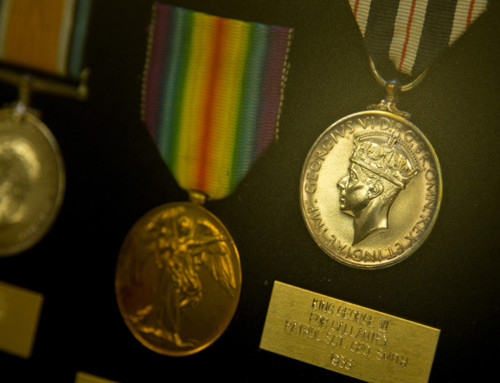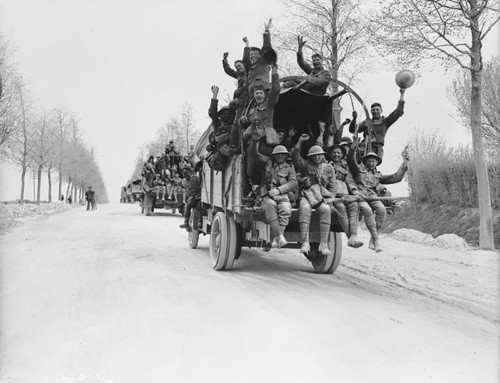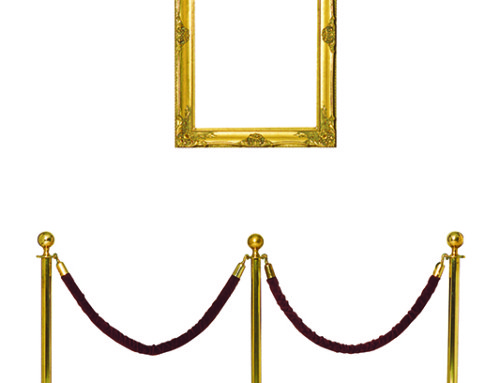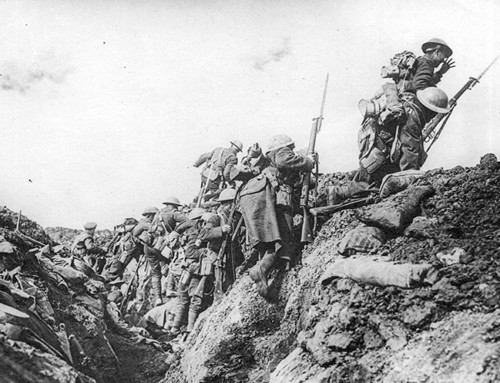When I was 10 years old, my family lived on South Christina Street, one house north of Devine Street. Directly across the road was the sprawling yard of the Lawrence Lumber Company, which I watched burn during a spectacular fire in the mid-50s.
It was only later that I realized I was within a few hundred yards of one of Sarnia’s most historic locations. It was here, on the riverbank at the foot of Devine Street, that the Wesleyan Methodist Mission constructed Sarnia’s first church, school and cemetery.
In 1827, the colonial government negotiated a massive land transaction that created a system of native reserves. William Jones was appointed the first Indian Agent to the area and his reports reached Sir John Colborne, Lieutenant Governor of Upper Canada.
Colborne contacted the Wesleyan Mission Society and asked them to send a missionary. The man they sent was Rev. Thomas Turner, who arrived here in 1832.
The colonial government wanted to bring Christianity to the native population, but William Jones was also interested in education. He brought Elijah Harris of Caradoc to the Mission as its first teacher. Harris was also a Methodist, and had been known to do some preaching in addition to his role as a teacher.
In anticipation of their arrival, the colonial government issued instructions to construct a building for the joint purpose of school and church, and it was built just north of Devine Street on the banks of the St. Clair River.
The heavy frame building, clapboarded on the outside, had a north-south orientation and was 26-feet wide with double doors facing west toward the river. It was 36 feet long, had 14-foot high ceilings and was painted yellow.
Rev. Turner was responsible for a large area that extending as far north as the Maxwell settlement, an experiment in communal living begun by Henry Jones in 1827 in what’s now Bright’s Grove.
His ministry also extended east as far as Warwick and Adelaide. The Mission served both natives and arriving settlers.
The following year, 1833, a parsonage was added at a reported cost of 375 pounds, 10 shillings. The mission school and parsonage, which included a cemetery, were enclosed by a white picket fence.
We learned of the existence of the cemetery through the diary of Captain Richard E. Vidal, who buried his grandmother, Mrs. Mitton, there on Dec. 4, 1839. Mrs. Mitton’s funeral was the first recorded European burial in the area.
Another school would not appear in Sarnia until 1838, six years after the establishment of the Methodist Mission. The mission property itself would later be sold to the Jacob Lawrence and Son Lumber Company. It would be completely destroyed by fire in 1889.
It was an ignominious end for Sarnia’s first church and school.
Original Post:
http://thesarniajournal.ca/the-methodist-mission-and-sarnias-first-schoolhouse/







